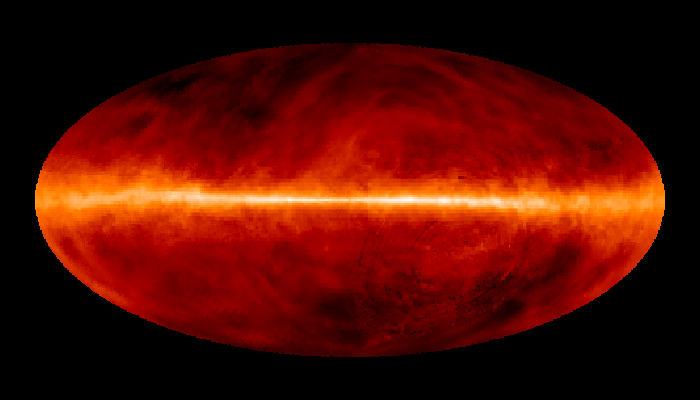The Difficulties of Testing String Theory
“Test everything. Hold on to the good.” This biblical passage underscores a central principle of the scientific enterprise. Any successful model must undergo testing that will either affirm or falsify its validity. Many scientists work diligently to provide such tests for a popular (though virtually untested experimentally) model known as string theory.
Astrophysicists Rishi Khatri and Benjamin D. Wandelt of the University of Illinois at Urbana-Champaign seek to develop an observational test for the cosmic strings (not to be confused with the strings of string theory) that result from incorporating a popular form of inflation—brane inflation—into string theory. They outline the test in a recent Physical Review article (a more lay-accessible description appears in Science Daily).
The abundant neutral hydrogen that fills the universe emits electromagnetic radiation with a specific wavelength: 21 cm. Astronomers have mapped this radiation as a function of position in the sky as shown below (see the description at the Astronomy Picture of the Day). All the structure in the image arises from material within the Milky Way Galaxy.

The hydrogen in the early universe would have produced evenly distributed 21-cm radiation (similar to the cosmic microwave background radiation). According to the research of Khatri and Wandelt, the cosmic web of strings produced during inflation will leave a signature in the 21 cm wavelength radiation which would be detectable with future instruments. However, the expansion of the universe will have redshifted the radiation roughly one hundred times to a wavelength around 21 meters. To make measurements precise enough to detect the cosmic string signature would take a square array of radio telescopes more than 100 kilometers on a side!
This daunting technical challenge demonstrates the difficulty in testing string theory. However, the rewards are worth the effort because the detection of cosmic strings would reveal to scientists the energy where gravity and quantum mechanics unify. While these tests may lie far in the future, RTB anticipates that the outcome of such tests will further demonstrate the fine-tuning (necessary for life) in the fundamental laws of physics that govern our universe.




